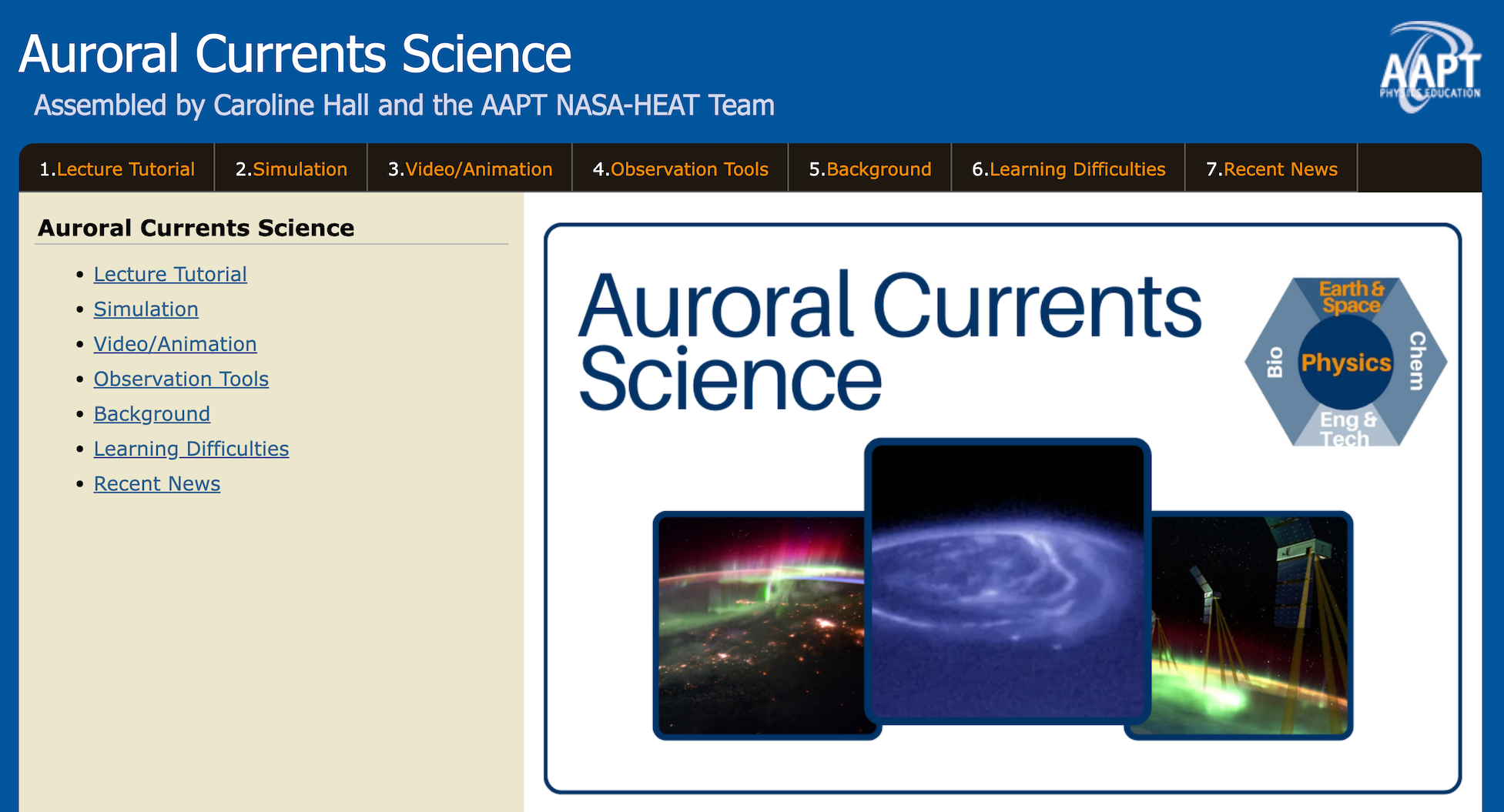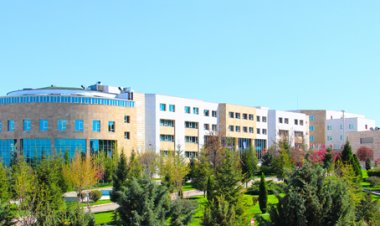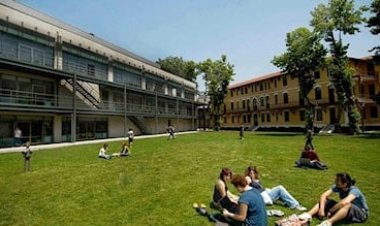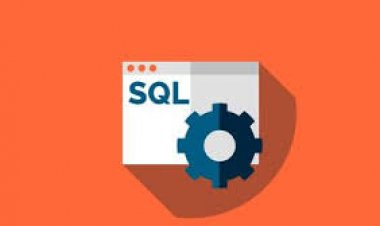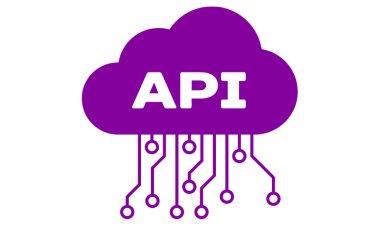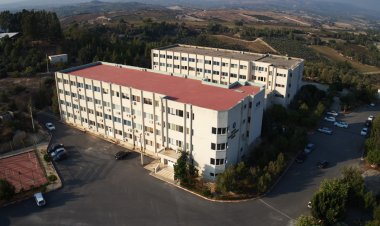Bundling the Best of Heliophysics Education: DigiKits for Physics and Astronomy Teachers
For nearly a decade, the American Association of Physics Teachers (AAPT) has been working to bring together resources through its DigiKits–multimedia collections of vetted high-quality resources for teachers and their students. These resources are toolkits, allowing teachers to pick and choose interesting content to support their instruction. As a partner with the NASA Heliophysics Education […]
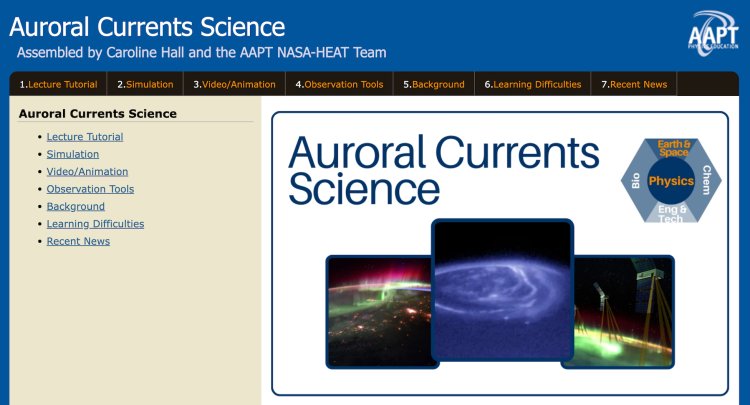
3 min read
Bundling the Best of Heliophysics Education: DigiKits for Physics and Astronomy Teachers
For nearly a decade, the American Association of Physics Teachers (AAPT) has been working to bring together resources through its DigiKits–multimedia collections of vetted high-quality resources for teachers and their students. These resources are toolkits, allowing teachers to pick and choose interesting content to support their instruction. As a partner with the NASA Heliophysics Education Activation Team (HEAT), this work has directly supported the bundling of digital content around heliophysics lessons created by the AAPT team.
As an example, AAPT’s most recent DigiKit publication, Auroral Currents Science (Figure 1), was developed for educators of advanced high school students and university physics/astronomy majors. DigiKits materials are collected by digital content specialist, Caroline Hall, who searches for high-quality, open digital content and checks it for accuracy and accessibility. The Auroral Currents DigiKit centers around a lecture tutorial that gives students the opportunity to practice and extend their knowledge of magnetic fields produced by current-carrying wires, and relating those understandings to auroral currents – the primary phenomenon underlying the dramatic auroral light shows seen in the sky over the past months.
The corresponding DigiKit includes a collection of relevant simulations, videos/animations, and other teacher resources for background that can help to teach the content in the primary lesson. The DigiKit highlights NASA’s forthcoming Electrojet Zeeman Imaging Explorer (EZIE) mission, including an animation of the relationship between the Earth and space, an explanation of Earth’s electrojets and a visualization of the spacecraft. It also includes links to NASA’s ongoing Magnetospheric Multiscale spacecraft video explanation of magnetic reconnection, among many other useful resources that can be shown in the classroom or explored individually by students. Unique to this DigiKit are recent science news articles covering 2024’s spectacular auroral displays.
The light in the aurora comes from atoms in the ionosphere that have been excited by collisions with electrons that were accelerated between 6000 km and 20000 km above Earth’s surface. Those electrons carry electric currents from space along the magnetic field, but the currents flow horizontally some distance through the ionosphere at about 100-150 km in altitude before returning to space. We call those currents the ionospheric electrojets, and we can see the magnetic effects of the electrojets because electric currents are the source of magnetic fields. The AAPT digikit allows students to explore the magnetic signature of the electrojets and determine the size and location of the currents.
As a result of participation in NASA HEAT, AAPT has produced ten DigiKits, all linked below and available alongside the collection of other tutorials/core resources on the AAPT NASA HEAT page. Although the DigiKits are directed toward teachers, and the lessons are intended for standard classroom contexts, the resources can also be a great introduction to NASA-related concepts and modern science ideas for the general public.
Mechanics
Light and Optics
Magnetism
- Planetary Magnetism DigiKit
- Energy of a Magnetic Field and Solar Flares DigiKit
- Auroral Currents DigiKit
Eclipses
Are you an educator curious to learn more? Register for AAPT’s monthly mini webinar series, with the next event on November 9, 2024, featuring the Auroral Currents DigiKit core activity.
NASA HEAT is part of the NASA Science Activation Program portfolio. Learn more about how Science Activation connects NASA science experts, real content, and experiences with community leaders to do science in ways that activate minds and promote deeper understanding of our world and beyond: https://science.nasa.gov/learn

 Bilgi
Bilgi 